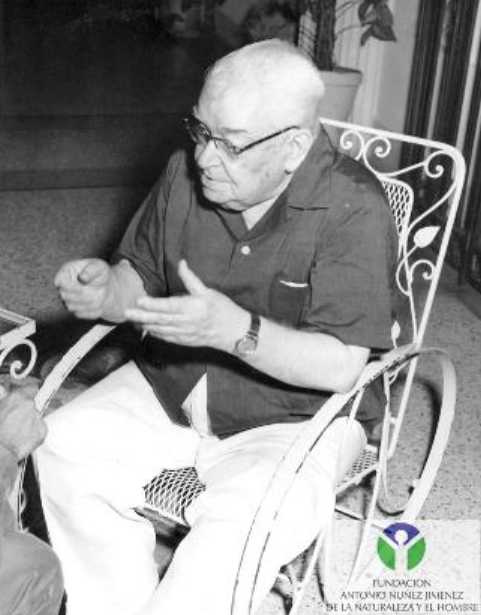4.4.2.2 The themes of Cuban literature and linguistics in the work of Fernando Ortiz (1881-1969)

Although Fernando Ortiz was not an avid student of the nation’s literary history, he was also interested in some of the pieces within its collection, especially insofar as they allowed him to understand the past and ways of life of colonial Cuba and other elements of interest to his broader cultural endeavor. Regarding linguistics, lexicographic and lexicological studies allowed him to delve into the discourse of Black communities and, more generally, the broader context of the island.
In 1911, he published an article in “Cuba y América” entitled “Cuban Literature: A Summary of Its Evolution,” which reveals a remarkable mastery of the country’s literary reservoir, in its most varied genres, since he understood literature in its broad sense of the written word, which included expressions beyond the essay, the realm of philosophy and even medicine and other sciences whose written expressions do not usually have an aesthetic character.
In this text, the figures of Gabriel de la Concepción Valdez and Juan Clemente Zenea are vindicated, albeit in strictly literary terms. The figure of José Martí had not yet been fully recognized by Ortiz, but in another sense, his desire to explore literature as a means of understanding peoples is evident. From his contemporaries, he would be influenced by Negrista or Afro-Cuban poetry, primarily that of Nicolás Guillén and Emilio Ballagas.
The linguistic aspect, especially in terms of vocabulary, has a greater space in his production. In this sense, in 1921 he published his “Catauro de Cubanismos” in the magazine “Bimestre Cubana”, which broadens the horizons in the understanding of the Spanish spoken in Cuba and the intermingling with terms and sounds that were proper or reminiscent of Africa.
At that time, he was planning a “Glossary of Afro-Negrisms,” which he finally published in 1924. It constitutes one of the discoveries he made in his long scientific career, dedicated to a purpose that included but went beyond the purely linguistic. His text “The Vernacular Language of Cuba” dates from 1926.
In later decades, he continued to expand this aspect of linguistic studies, with “Some Afro-Negrisms in the Toponymy of Cuba” (1946) and “Etymology of the Word Mambí,” monographs in which he focuses on the lexicon as both a result and a shaping element of culture itself.
As for literature, although it was rarely the subject of study per se, it should be noted that reverence for this great living matter must also be found in its own discourse, in which the scientific and the cultural were almost never expressed in purely denotative forms but rather acquired literary overtones and sometimes a surprising lyricism.
In this sense, Miguel Barnet went so far as to say: “There is probably no work of richer literary craftsmanship in the field of social sciences on the entire continent than that of the author of “The Africanity of Cuban Folk Music” and “The Black Slaves.”








